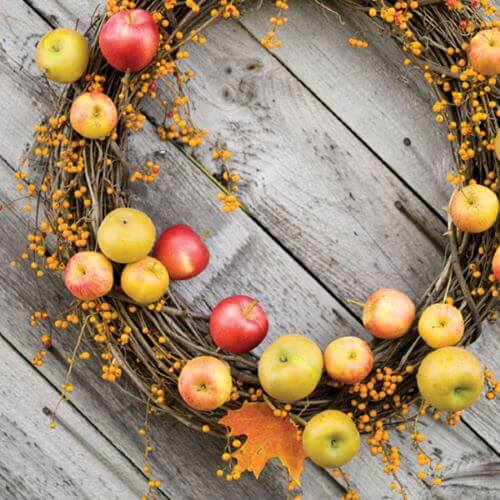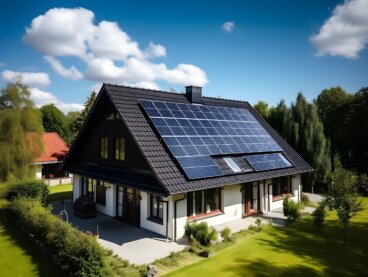Types of Planters for Home Decoration

When it comes to decorating your home, it can be difficult to know what to do. That’s why in this article, we’re going to take a look at types of planters for home decoration.
Planters are becoming more and more popular in the design world. One reason for this is that they are very versatile and offer lots of possibilities. Also, there is a wide variety of styles.
We all know that a lovely garden is something that pleases the eyes. Plants and flowers are an interesting way to make your home a bright, fresh space. As a result, it’s worth using planters as a decorative resource.
Types of planters – wood, nature, and warmth

Wood is a material that comes directly from nature. As a result, using wood makes planters to feel natural. They are reminiscent of a forest or field. They combine very well with the plants themselves.
On the other hand, wood also offers a warm aesthetic. This is thanks to its earthy tones, which can be dark or light. However, this material does require some work, but the result is truly beautiful.
The basic type of planter is a rectangular format. You can choose to leave the boards visible. On the other hand, you can also hide these by painting them. Additionally, there are less common types of planters. Some are cube-shaped. Others have latticework that vines can climb.
Wood is a perfect material for interior and exterior decoration.
4 types of vertical planters

If you want to be innovative and use a completely new concept, you should consider vertical planters. These are a new trend that we’re seeing more and more in homes. Here are some particular examples:
- Some planters are slanted. There are long slats on either side. Then, the planters are placed as if they are steps on a ladder. This way you can have different plants at each level.
- Instead of buying something new, you can also recycle materials. Old pallets are a great resource. You can put holes in the bottom of these pallets and place slats in them. Then, you can put in plants and attach the pallet to a wall.
- Another option is placing steel or iron bars on the wall. Then, you can hang different types of planters on them, such as circular or rectangular. You can arrange them by height. This is a great way to subtly decorate a wall.
- Finally, there is another great type of planter – flower boxes on the wall. You glue these directly to the wall. As a result, they create the optical effect that they are part of the wall.
Glass planters – transparency as decoration

Don’t forget another option that can help create a modern, unique environment – glass planters. The transparency of these types of planters allows you to see everything that would normally be hidden.
This style works well in more contemporary homes. Designers often use this style to decorate hotel halls, homes, or offices that are looking for a more minimalist look.
Avant-garde is a rebellion against the traditional.
Types of planters – clay, a great material
Of course, don’t forget about one of the most common materials for planters throughout history – clay. Without a doubt, clay is a resistant material and holds up well over time. The aesthetics of clay make it an appropriate option for decoration. Also, the color is pleasant and warm.
Also, since clay is easy to shape, you can find rectangular shapes with curved edges. You can also find circular styles, although this isn’t as common for planters. Also, these types of planters have lots of decoration on the surface.
All cited sources were thoroughly reviewed by our team to ensure their quality, reliability, currency, and validity. The bibliography of this article was considered reliable and of academic or scientific accuracy.
- Stevens, David: Una habitación en exterior: diseñar el jardín en casa, Blume, 2008.








